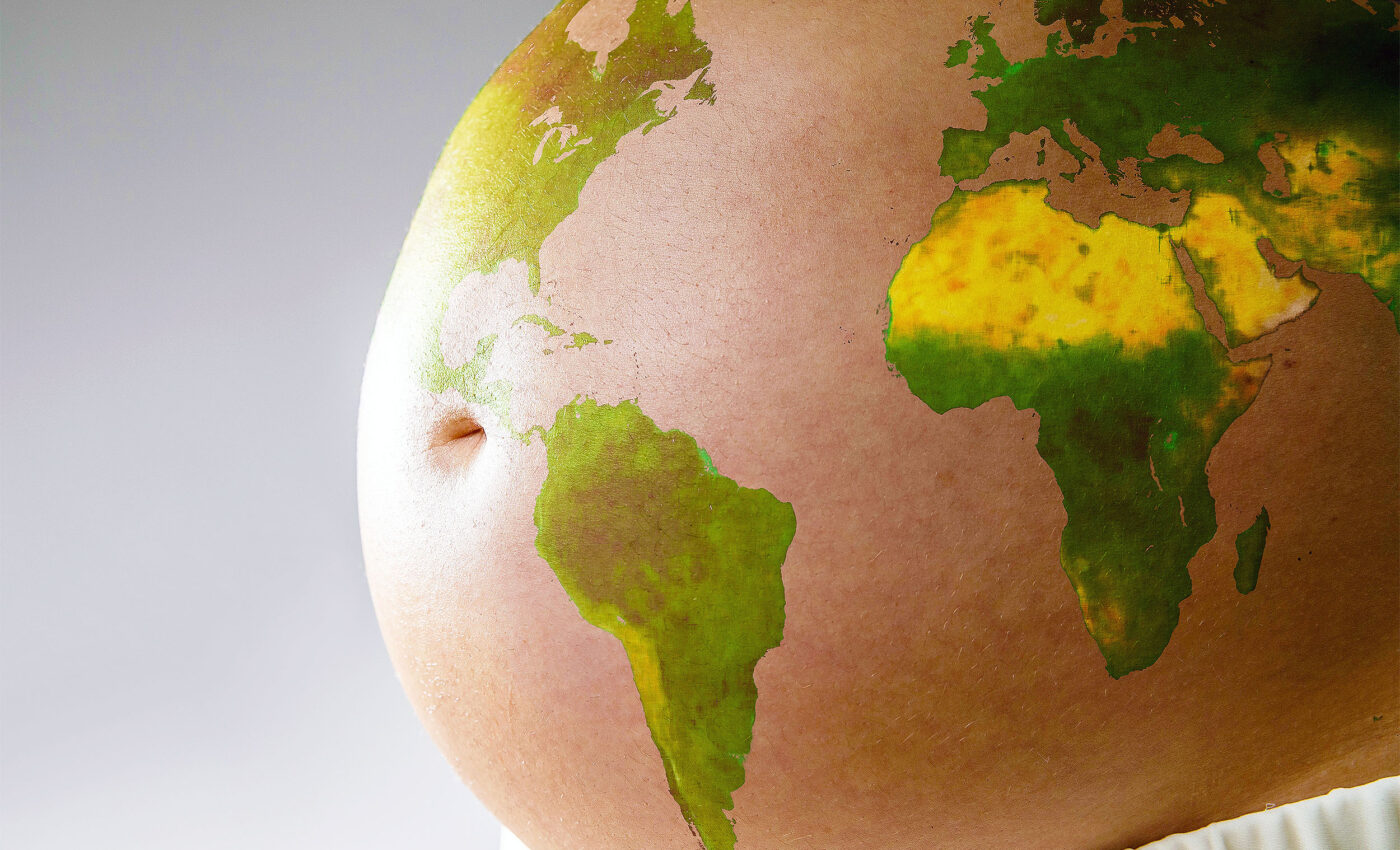
Climate change has increased premature birth risk by 60%
The world is currently facing a critical health crisis that disproportionately affects our youngest citizens. Recent research has brought to light the very high increase in premature births and the severe health outcomes children face due to the impacts of extreme climate change.
These include an increase in preterm births, a higher incidence of respiratory diseases and death, and a growing number of hospital admissions for children.
Without immediate global action, these disturbing trends are set to impact children’s health for generations.
Hidden victims of climate change
For decades, scientists have been sounding the alarm on the risks associated with extreme weather events such as temperatures, floods, and bushfires.
However, a disturbing study published in the Science of the Total Environment journal marks the first comprehensive review of scientific evidence on how climate change affects children’s health and premature births.
The study, led by Dr. Lewis Weeda from The University of Western Australia and the Wal-yan Respiratory Research Centre at Telethon Kids Institute, along with Matthew Flinders Professor of Global Ecology, Corey Bradshaw, from Flinders University, synthesizes the findings of 163 health studies worldwide.
It aims to guide government planning towards mitigating the adverse health outcomes of climate change on future generations.
Premature births and climate change
The researchers’ analysis revealed a startling statistic. The risk of preterm birth could increase by an average of 60% due to exposure to extreme temperatures.
Professor Corey Bradshaw expressed concern over the global increase in preterm birth rates, which could lead to lifelong complications for millions of children.
“We’ve crunched the data to show how certain types of future weather events will worsen particular medical issues in the population,” he explained, highlighting a direct correlation between climate change and various child health issues.
“We identified many direct links between climate change and child health, the strongest of which was a 60% increased risk on average of preterm birth from exposure to temperature extremes. Respiratory diseases, mortality, and morbidity, among others, were also made worse by climate change,” Bradshaw added.
Broader climate change impacts on child health
Apart from the significant risk of preterm births, respiratory diseases, mortality, and morbidity rates are also expected to worsen due to climate change.
The study also examined the effects of air pollutants, finding that while the impact was less severe compared to temperature extremes, it was still significant.
“The effects of different air pollutants on children’s health outcomes were smaller compared to temperature effects, but most pollutants still had an effect of some type, so the news is concerning,” Bradshaw explained.
“The children’s health issues we identified depend on weather extremes — cold extremes give rise to respiratory diseases, while drought and extreme rainfall can result in stunted growth for a population.”
Weather extremes, such as cold, drought, and excessive rainfall, were linked to specific health outcomes like respiratory diseases and stunted growth.
The socio-economic divide
A concerning aspect of the research is its indication that the majority of analyzed studies were conducted in high-income nations, which contrasts sharply with the reality that children in lower-income countries face the highest risk of inadequate healthcare, infrastructure, and stable food supply.
This disparity suggests that even advanced economies are not immune to the impacts of climate change on children’s health, with risks varying across continents and socio-economic circumstances.
Professor Bradshaw warned of the rising social and financial costs associated with climate change, citing asthma as an example, which could cost up to US$1.5 billion due to a single fire season in the future.
“Given that climate influences childhood disease, social and financial costs will continue to rise as climate change progresses, placing increasing pressure on families and health services,” Bradshaw said.
“For example, asthma has been estimated to cost as much as US$1.5 billion due to a single fire season in the future, while another study estimated the costs of a single case of childhood asthma at up to US$23,573 in the coming years.”
The research also highlights how geography plays a role in the health impacts of climate change, with examples from Australia and South Africa showing differing consequences such as increased premature births and higher mortality rates.
Cost of inaction: Economic and social implications
Dr. Weeda emphasized the need for immediate action to protect children from climate-related diseases. “Our research recognizes some important areas where children are most vulnerable to climate change,” he said.
“The development of public health policies to counter these climate-related diseases, alongside efforts to reduce anthropogenic climate change, must be addressed if we are to protect current and future children.”
Finding solutions and implementing climate adaptation and mitigation policies would positively impact multiple United Nations Sustainable Development Goals.
Climate change is universal and adversely affecting all countries and people, and we must prepare societies for mounting threats to child health.
Path forward: Action and policy needed now
In summary, the urgent call to action against climate change underscores a critical responsibility to safeguard the health and future of our children.
This disturbing new research clearly demonstrates the severe impact of environmental extremes on young lives, highlighting the necessity for immediate, coordinated global efforts to mitigate these effects.
By developing and implementing robust public health policies, alongside proactive climate adaptation and mitigation strategies, we can protect vulnerable populations from the dire health consequences forecasted.
The time to act is now, to ensure that children worldwide inherit a healthier planet and a brighter future, free from the shadow of climate-induced health crises.
The full study was published in the journal Science of The Total Environment.
—–
Like what you read? Subscribe to our newsletter for engaging articles, exclusive content, and the latest updates.
—–
Check us out on EarthSnap, a free app brought to you by Eric Ralls and Earth.com.
—–












